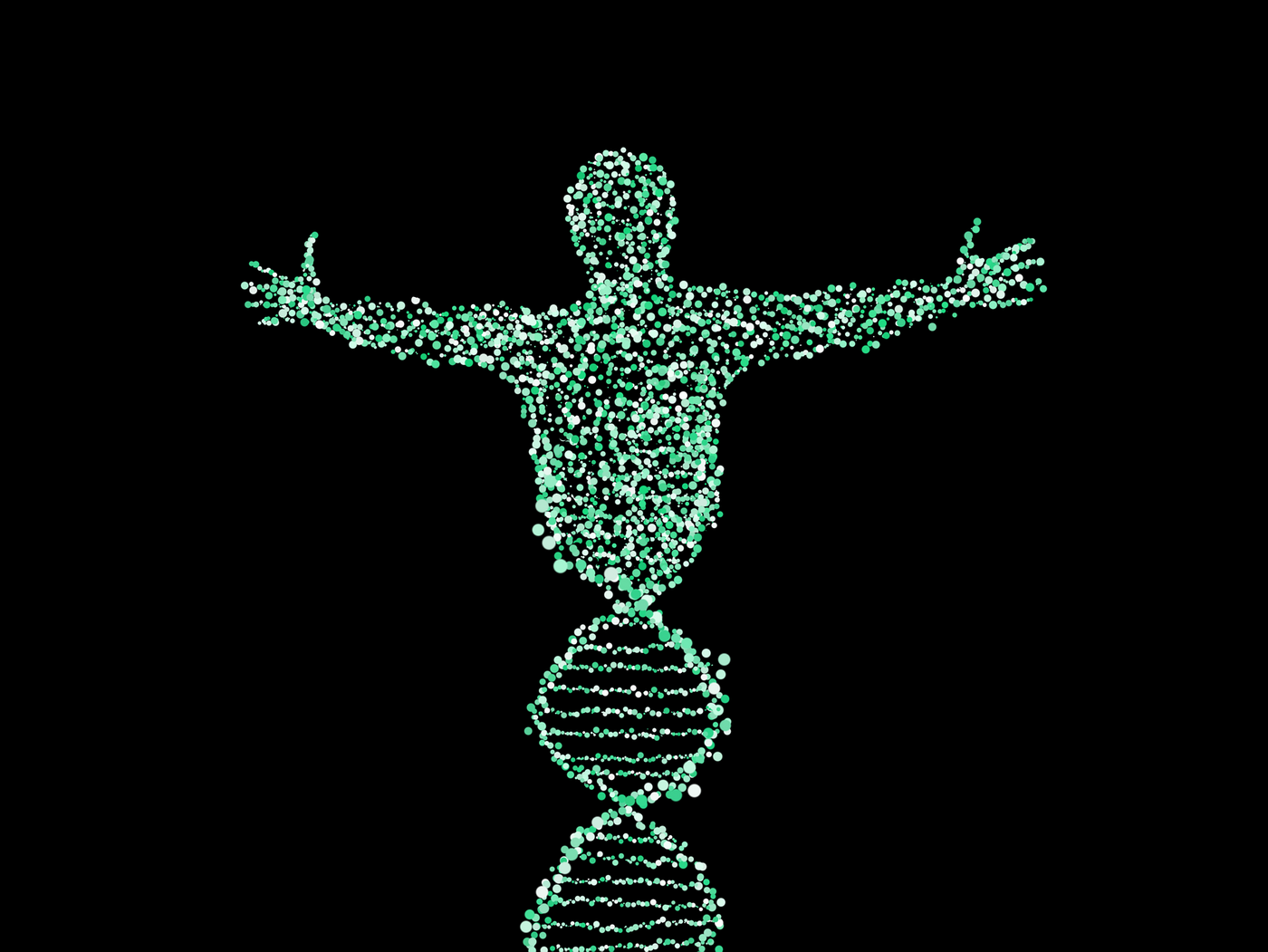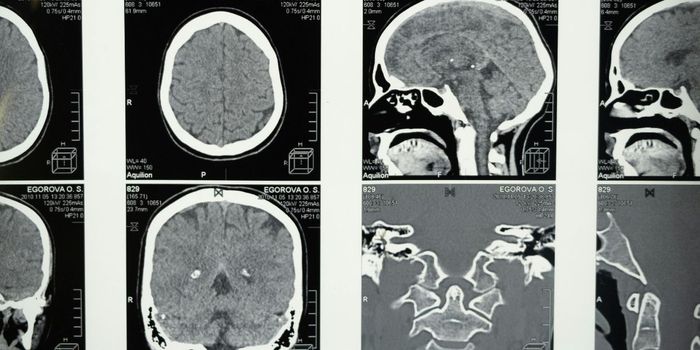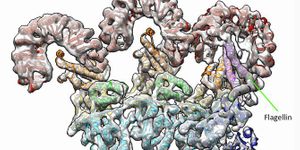Genetically Modified Stem Cells Can Regenerate Whole Body Skin
Stem cell and gene therapies have been a topic of intrigue for years for a variety of indications ranging from disease treatment and organ regeneration, to cosmetic and beauty use. To date, barriers still remain to implementing such therapies in practice. In a recent article which was published in the November issue of Nature title Regeneration of the Entire Human Epidermis Using Transgenic Stem Cells, a team of scientists based out of Europe demonstrated the successful use of genetically engineered or modified stem cells to regenerate not just a patch of skin, but the entire human epidermis to treat a child with a severe and often lethal skin blistering disease, known as junctional epidermolysis bullosa (JEB). In this disease, patients harbor mutations in genes which encode for proteins necessary for skin structure and anchoring, including LAMA3, LAMB3, or LAMC2 as well as genes encoding for collagen, laminins, and integrins. Mutant forms of these proteins results in a fragile skin state and inability to heal in response to even minor trauma, so blistering and erosion of the skin and mucosa is not only common in those with this disease, but additionally leads to recurrent infections and scars, decreases the patients quality of life, and predisposes them to skin cancer. Currently, there is no cure for JEB.
Previously, scientists have been able to generate small areas of functional skin to help improve this condition, but with its widespread effects on the body small areas just aren’t enough. In this breakthrough study, the authors demonstrate the ability to regenerate skin across nearly the entire human body in a young child suffering from JEB for the first time. So how did they accomplish this?? Using gene therapy, and modifying a patient’s own cells. In this case, their patient was a seven year old child who had JEB. They obtained a biopsy of keratinocytes from this patient, taken from a region of normal, un-blemished skin which contained a subpopulation of epidermal stem cells capable of self-renewal and giving rise to progeny. Using the entire cell population from the biopsy, the researchers re-introduced a functional form of the gene LAMB3 which was mutated in this patients diseased cells, using retro-viral transduction. This allows for the retro-virus to integrate into the biopsied cells and express these non-mutant LAMB3 stably, and the cells can then be expanded for whole body use. After cultivation of these cells, they were grafted back onto affected areas of the patient, and after only a short period of engraftment epidermal regeneration was stable and complete, eventually covering roughly 80% of the affected areas body-wide. 21 months later, the patient maintains a stable, engrafted epidermis that now has the ability to regenerate after stress and that no longer blister. The researchers also demonstrated that the stem cell subpopulation of the graft were the only cells capable of persisting over time and continue to self-renew and maintain this healthy, engrafted population in the patient. This represents a breakthrough for patients with JEB and other similar skin disease caused by underlying genetic mutations.
Sources: Nature.com, Pixabay










